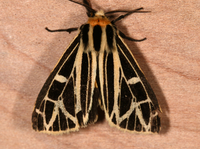
| Recorded by: Jim Petranka and Becky elkin on 2024-06-08
Madison Co.
Comment: | 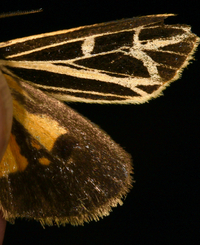
| Recorded by: Jim Petranka and Becky elkin on 2024-06-08
Madison Co.
Comment: |

| Recorded by: Jim Petranka and Becky Elkin on 2024-06-03
Madison Co.
Comment: | 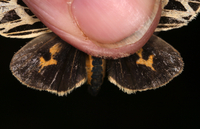
| Recorded by: Jim Petranka and Becky Elkin on 2024-06-03
Madison Co.
Comment: |

| Recorded by: Owen McConnell on 2024-05-26
Graham Co.
Comment: | 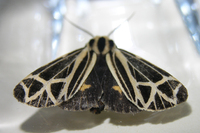
| Recorded by: Owen McConnell on 2024-05-26
Graham Co.
Comment: |
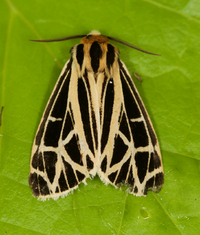
| Recorded by: Jim Petranka and Becky Elkin on 2022-06-14
Madison Co.
Comment: | 
| Recorded by: Jim Petranka and Becky Elkin on 2022-06-14
Madison Co.
Comment: |
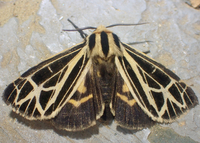
| Recorded by: tom ward on 2022-05-31
Buncombe Co.
Comment: | 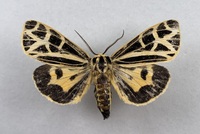
| Recorded by: Richard Teper on 2022-05-31
Montgomery Co.
Comment: |
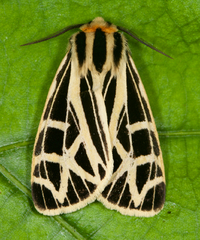
| Recorded by: Jim Petranka on 2022-05-18
Madison Co.
Comment: | 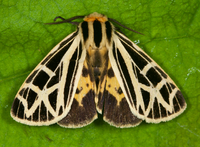
| Recorded by: Jim Petranka on 2022-05-18
Madison Co.
Comment: |

| Recorded by: tom ward on 2021-06-21
Buncombe Co.
Comment: | 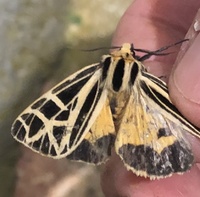
| Recorded by: Ken Kneidel on 2021-05-28
Yancey Co.
Comment: |

| Recorded by: Ken Kneidel on 2021-05-28
Yancey Co.
Comment: | 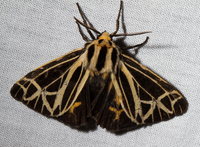
| Recorded by: Steve Hall on 2019-06-01
Stokes Co.
Comment: |
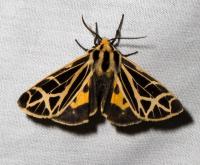
| Recorded by: Steve Hall on 2019-06-01
Stokes Co.
Comment: | 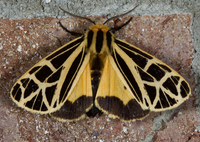
| Recorded by: Jim Petranka and Becky Elkin on 2019-05-31
Madison Co.
Comment: |

| Recorded by: Jim Petranka and Becky Elkin on 2019-05-24
Madison Co.
Comment: | 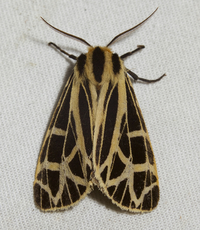
| Recorded by: Jim Petranka and Becky Elkin on 2018-05-28
Madison Co.
Comment: |
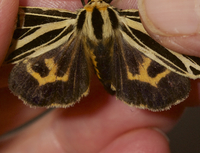
| Recorded by: Jim Petranka and Becky Elkin on 2018-05-28
Madison Co.
Comment: | 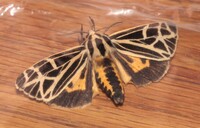
| Recorded by: Julie Tuttle on 2017-05-25
Chatham Co.
Comment: iNat record - Someone on iNaturalist identified this as Apantesis anna, which seems unlikely: https://www.inaturalist.org/observations/15801750 |
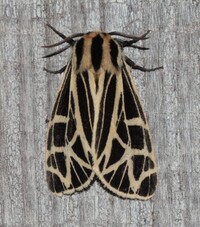
| Recorded by: Julie Tuttle on 2017-05-25
Chatham Co.
Comment: iNat record - Someone on iNaturalist identified this as Apantesis anna, which seems unlikely: https://www.inaturalist.org/observations/15801750 | 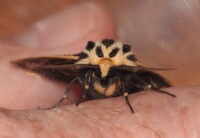
| Recorded by: Julie Tuttle on 2017-05-25
Chatham Co.
Comment: iNat record - Someone on iNaturalist identified this as Apantesis anna, which seems unlikely: https://www.inaturalist.org/observations/15801750 |
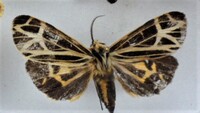
| Recorded by: Darryl Willis on 2015-07-15
Cabarrus Co.
Comment: | 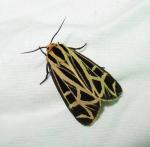
| Recorded by: B. Bockhahn, P. Scharf, K. Kittelberger on 2015-06-18
Avery Co.
Comment: |

| Recorded by: B. Bockhahn, P. Scharf, K. Kittelberger on 2015-06-18
Avery Co.
Comment: | 
| Recorded by: B. Bockhahn, P. Scharf, K. Kittelberger on 2015-06-18
Avery Co.
Comment: |
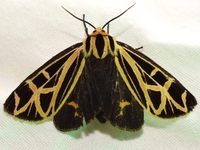
| Recorded by: B. Bockhahn, P. Scharf, K. Kittelberger on 2015-06-18
Avery Co.
Comment: | 
| Recorded by: Jim Petranka and Becky Elkin on 2013-06-25
Madison Co.
Comment: |
|

 »
»



 »
»

